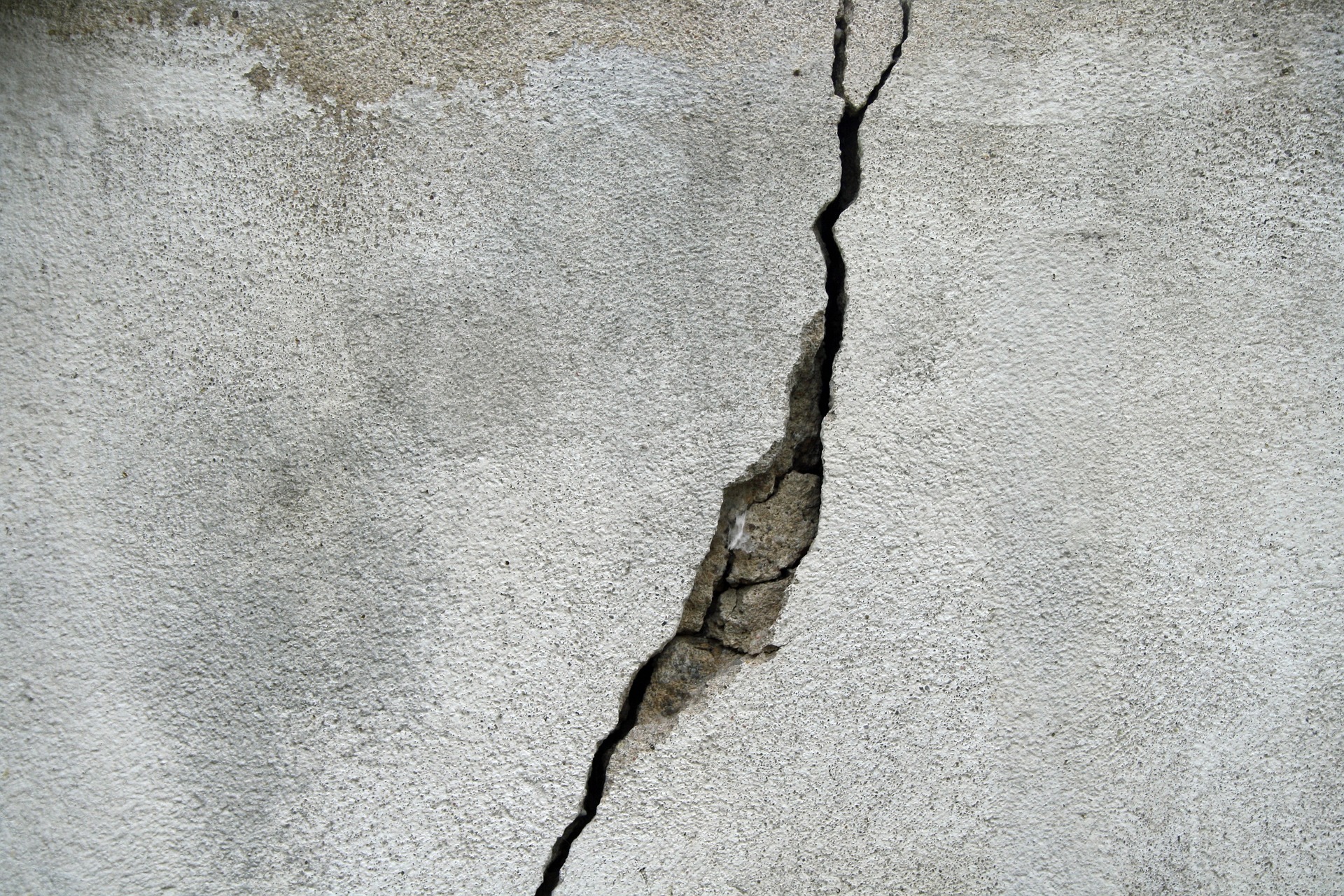Essential Methods and Cost Considerations for Fixing Concrete Cracks
Concrete cracks are a common structural concern that can lead to significant water damage and deterioration if left untreated. Understanding the various repair methods available, from epoxy injection to polyurethane sealing, helps property owners make informed decisions about maintaining their concrete structures. This comprehensive guide explores the most effective techniques for concrete crack repair, including waterproof sealers and injection methods, while providing realistic cost expectations for UK property owners seeking professional solutions.

Concrete structures inevitably develop cracks over time due to settling, temperature fluctuations, and general wear. These fissures can compromise structural integrity and allow water infiltration, making prompt repair essential for maintaining property value and safety.
Understanding Concrete Epoxy Applications
Concrete epoxy serves as one of the most reliable solutions for structural crack repair. This two-part adhesive creates a strong, permanent bond that often exceeds the strength of the original concrete. Epoxy works particularly well for dormant cracks that are not actively moving, providing excellent adhesion and durability. The material penetrates deep into crack structures, creating a waterproof seal that prevents further deterioration. Professional application typically involves surface preparation, mixing components to precise ratios, and careful injection or application techniques.
Waterproof Concrete Crack Sealer Benefits
Waterproof concrete crack sealers offer versatile protection against moisture infiltration. These products range from surface-applied sealants to penetrating treatments that work from within the concrete matrix. Flexible sealers accommodate minor movement while maintaining their waterproof properties, making them ideal for areas subject to thermal expansion. Many modern sealers incorporate advanced polymer technology that provides long-lasting protection against freeze-thaw cycles and chemical exposure common in UK climates.
Injecting Polyurethane for Concrete Leaks
Polyurethane injection represents the preferred method for addressing active water leaks through concrete cracks. Unlike rigid epoxy, polyurethane maintains flexibility after curing, allowing it to accommodate ongoing structural movement. The material reacts with water during application, expanding to fill voids and create an effective seal. This technique proves particularly valuable for basement walls, foundations, and other areas where hydrostatic pressure drives water through concrete fissures. Professional injection requires specialized equipment and expertise to ensure proper penetration and seal formation.
Epoxy Concrete Repair Techniques
Epoxy concrete repair encompasses various application methods depending on crack characteristics and structural requirements. Surface repairs involve routing out damaged concrete and filling with epoxy compounds, while injection repairs use pressure to force material deep into cracks. Structural epoxy repairs can restore load-bearing capacity to damaged elements, making them suitable for critical applications. The selection of appropriate epoxy formulations depends on factors including crack width, structural loads, environmental exposure, and cure time requirements.
Concrete Epoxy Injection Cost Analysis
Professional concrete crack repair costs vary significantly based on crack extent, accessibility, and chosen repair method. Understanding typical pricing helps property owners budget appropriately for necessary repairs.
| Repair Method | Provider Type | Cost Estimation |
|---|---|---|
| Epoxy Injection | Specialist Contractor | £150-400 per linear metre |
| Polyurethane Injection | Waterproofing Company | £200-500 per linear metre |
| Surface Sealing | General Builder | £50-150 per linear metre |
| Structural Epoxy Repair | Structural Engineer | £300-800 per linear metre |
| Comprehensive Waterproofing | Damp Proofing Specialist | £1000-3000 per project |
Prices, rates, or cost estimates mentioned in this article are based on the latest available information but may change over time. Independent research is advised before making financial decisions.
Selecting Appropriate Repair Methods
Successful concrete crack repair requires matching the repair method to specific crack characteristics and environmental conditions. Structural cracks typically require epoxy injection to restore load-bearing capacity, while non-structural cracks may benefit from flexible polyurethane treatments. Active leaks demand immediate attention with polyurethane injection, whereas dormant cracks can be effectively sealed with epoxy systems. Professional assessment helps determine crack causes and select appropriate repair strategies that address underlying issues rather than merely treating symptoms.
Concrete crack repair represents a critical maintenance activity that protects property investments and ensures structural safety. Whether addressing minor surface cracks or significant structural fissures, selecting appropriate repair methods and materials ensures long-lasting results. Professional evaluation and proper application techniques maximize repair effectiveness while minimizing future maintenance requirements.




